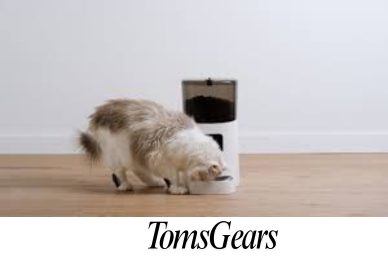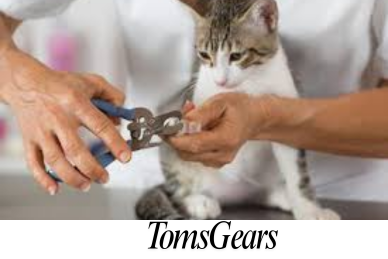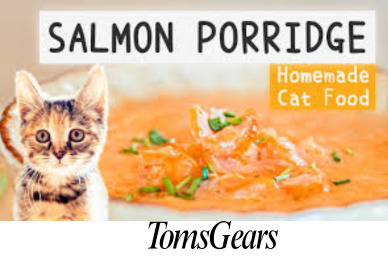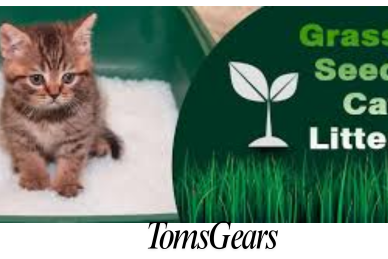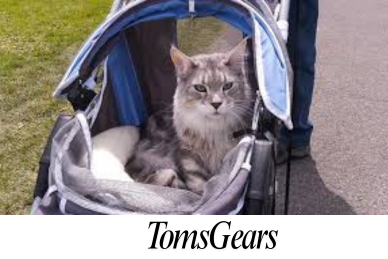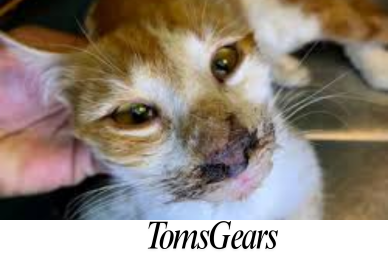How Does a Gravity Pet Feeder Work?
A gravity pet feeder operates by using gravity to dispense food into a bowl as your pet eats. This design allows for a constant supply of food without the need for manual refilling, making it a convenient option for pet owners. Understanding how gravity pet feeders function can help you decide if they’re suitable for your pet’s feeding routine.
What Is a Gravity Pet Feeder?
A gravity pet feeder is a device designed to provide pets with continuous access to dry food. It typically consists of a large storage container that holds the food and a bowl at the bottom where the food collects as your pet eats. The weight of the food in the storage container keeps the food flowing down into the bowl, ensuring your pet always has food available.
How Does the Mechanism Work?
The mechanics of a gravity pet feeder are simple yet effective. Here’s a breakdown of how it functions:
The top section of the feeder serves as the storage chamber, where dry pet food is kept. This compartment can hold varying amounts of food, depending on the feeder’s design.
As your pet eats from the bowl below, the food level decreases. The weight of the remaining food in the storage chamber pushes down, causing fresh food to flow into the bowl. This flow continues until the bowl is filled to the set level.
Most gravity feeders feature a bowl that is shaped to allow easy access for pets. Some designs include a raised or tilted bowl to help reduce strain on your pet’s neck while eating. Unlike automatic feeders that require batteries or a power source, gravity feeders function purely through gravitational force, making them easy to use and maintain.
What Are the Benefits of Using a Gravity Pet Feeder?
Gravity pet feeders offer several advantages for both pets and their owners:
- Convenience: With a gravity feeder, you don’t need to refill the food bowl multiple times a day. This is particularly beneficial for busy pet owners or those with multiple pets.
- Portion Control: Although gravity feeders allow for free feeding, some models come with adjustable settings to help manage portion sizes, ensuring your pet receives the right amount of food.
- Less Mess: Many gravity feeders are designed to minimize spills and mess, as the food is dispensed directly into the bowl. This can lead to a cleaner feeding area compared to traditional bowls.
- Encourages Grazing: For pets that prefer to eat small meals throughout the day, gravity feeders encourage a natural grazing behavior, allowing them to nibble whenever they feel hungry.
Are There Any Downsides to Gravity Pet Feeders?
While gravity pet feeders are convenient, they may not be suitable for every pet. Some pets may overeat if food is constantly available. This can lead to weight gain and health issues. It’s essential to monitor your pet’s eating habits and adjust accordingly.
Also, gravity feeders are typically designed for dry kibble. They are not suitable for wet or fresh foods, which can spoil quickly and create a mess. With gravity feeders, pets can eat at any time, which may not be ideal for those who need to adhere to specific feeding schedules for health reasons.
If the feeder is not cleaned regularly, it can become a breeding ground for bacteria. Regular cleaning is essential to maintain a hygienic feeding environment.
How Can You Choose the Right Gravity Pet Feeder for Your Pet?
When selecting a gravity pet feeder, consider the following factors:
- Size and Capacity: Choose a feeder that is appropriately sized for your pet and has enough capacity to hold an adequate amount of food for their needs.
- Material Quality: Look for feeders made from durable, non-toxic materials that are easy to clean. Plastic and stainless steel are popular options.
- Adjustable Features: Some feeders come with adjustable food flow settings, allowing you to control how much food is dispensed at a time.
- Stability: Ensure the feeder is stable enough to withstand your pet’s eating habits. A well-designed feeder will prevent tipping and spilling.
Summary
In summary, a gravity pet feeder works by using gravitational force to dispense dry food into a bowl as your pet eats. These feeders offer convenience and encourage natural grazing behavior, making them a popular choice for many pet owners. However, it’s essential to monitor your pet’s eating habits to prevent overeating. By selecting the right gravity feeder, you can ensure your pet has consistent access to food while maintaining a clean and tidy feeding area.
Frequently Asked Questions
Can I use a gravity feeder for multiple pets?
Yes, gravity feeders can work for multiple pets, but monitor their eating habits to ensure one pet doesn’t dominate the food supply.
How often should I clean a gravity pet feeder?
It’s recommended to clean your gravity pet feeder at least once a week to prevent bacteria build-up and maintain hygiene.
Are gravity feeders suitable for puppies or kittens?
Gravity feeders can be used for puppies and kittens, but ensure that they are not overeating, as young pets may require portion control.
Can I use a gravity feeder for wet food?
No, gravity feeders are designed for dry kibble. Wet food can spoil quickly and create a mess, making it unsuitable for this type of feeder.

